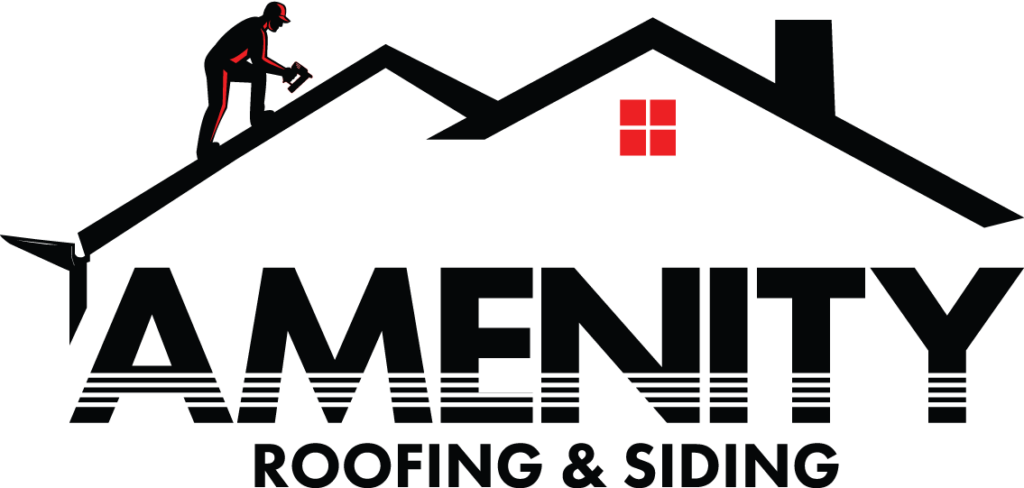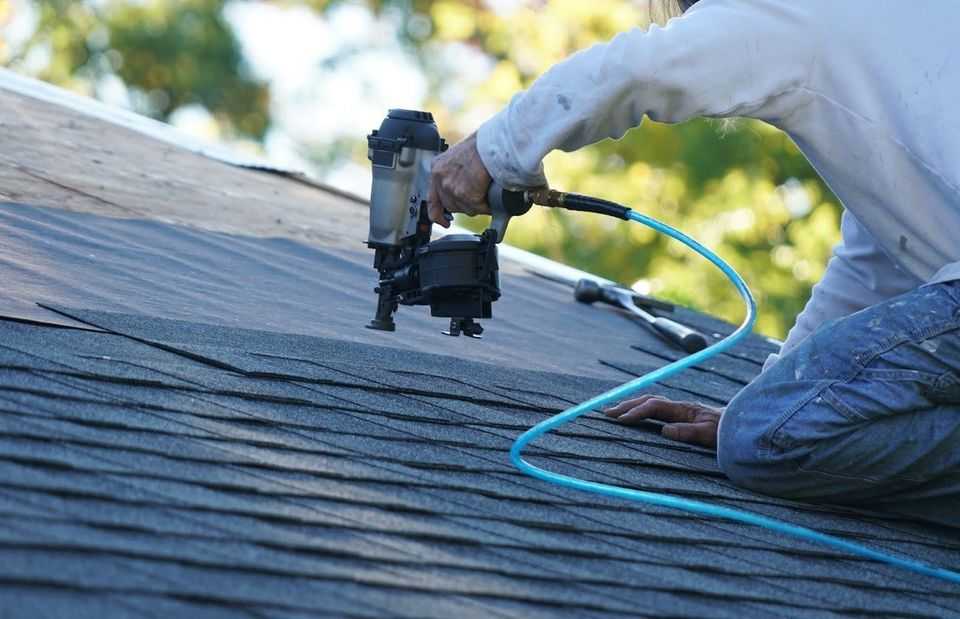As a homeowner with a shingle roof, you need to know the basics of each part of the roofing process and each roof component. Educating yourself about your roof will help you to not only make informed decisions about replacement when the time comes but also care for your roof throughout its working life.
Here are three kinds of underlayment every homeowner with an asphalt roof should know about.
1. Roofing Felt
Roofing felt is the common, everyday type of roof underlayment. It’s cheap, and it’s made simply by combining a sheet of a tough paper-like material with a water-shedding asphalt material. Roofing felt has been used under roof shingles for decades (and was actually developed in the 1800s). Only recently have synthetic replacements started to compete.
Although it can hold up well to years of use, roofing felt does have vulnerabilities. If it’s exposed to sunlight, the protective asphalt components will break down in the UV rays. And if the paper is exposed to moisture, it will eventually disintegrate despite the asphalt. However, this product still has many benefits and even some advantages over more modern underlayments.
For instance, roofing felt is affordable and easy to install. It’s also a material that is familiar to basically all roofers, performs in predictable ways, and doesn’t require additional special tools for installation.
2. Synthetic Underlayment
Synthetic underlayment, as the term suggests, is manufactured with synthetic materials. It’s manufactured out of plastic fibers with techniques such as weaving rather than melting the plastic into a solid layer, so the final product typically isn’t airtight. Some synthetic underlayments are made with fiberglass as well.
Because this product doesn’t rely on a paper-like material for its structural integrity, it can be a much tougher, more resistant, and longer-lasting underlayment than roofing felt. Although synthetic underlayment may add some cost to your roof project, it can be a no-brainer for a homeowner who’s paying for a longer-lasting roof, such as 50-year shingles
3. Ice and Water Shield
Ice and water shield is similar to synthetic underlayment in that it’s made of a combination of bitumen and plastic. Unlike a typical synthetic underlayment, ice and water shield attaches with adhesive instead of with roofing fasteners. And it’s designed to be completely waterproof, rather than water-resistant, yet breathable.
Ice and water shield is typically required by building code for the lower sections of a roof slope. That’s because these areas are likely to be affected by ice damming in winter. Ice dams form when the bottom layer of snow melts due to heat rising through your attic then runs down the roof until it’s kept in place by the still-frozen snow and ice at the eaves.
Water can sometimes build up in these scenarios until it causes a leak. If you have ice and water shield applied to your roof, only a very severe damming situation will leak because any water at the eaves will be blocked by the waterproof underlayment.
Although ice and water shield typically isn’t recommended for the entire roof for several reasons (such as moisture retention and tear-off costs), experts often recommend applying this type of underlayment at other leak-prone spots such as roof valleys as well.
As you can see, several factors can determine which types of underlayment you’ll want to use for your roof. You need to take into consideration not only cost and the potential for ice dams but also the intended lifespan of your roof and the shingle manufacturer’s recommendations for underlayment type and weight.
For more information about the roofing and underlayment products and services we offer, get in touch with Amenity Roofing, Siding & Gutters LLC today.

